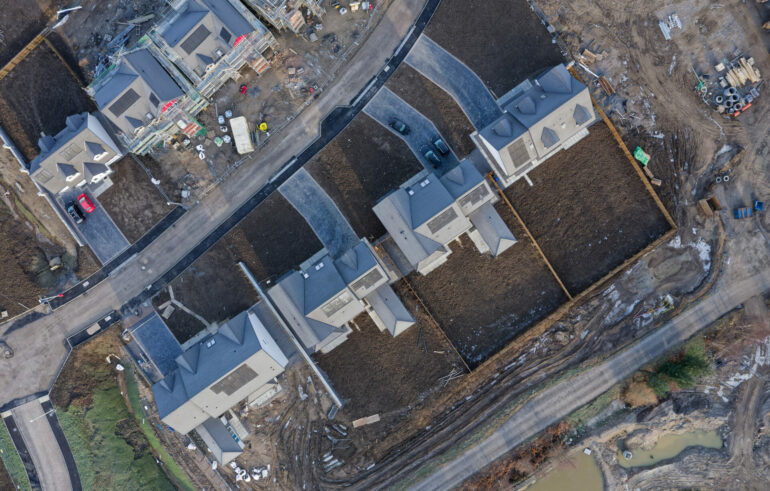Propertymark has encouraged the Government to consider other ways of boosting the supply of homes that people intend to buy.
The Secretary of State for Levelling Up, Housing and Communities, Michael Gove, stated in February that he intends to further his plans to help local authorities build more homes on brownfield land in England.
The proposals, which were put to public consultation in February, consist of amendments to planning policy and the way the Housing Delivery Test works to support the development of brownfield sites, as well as revisiting the threshold for referral applications to the Mayor of London.
Responding to the Department’s consultation, the professional body urged the Department to consider their main concerns, such as 1.1 million new homes receiving planning permission, but they have not been constructed yet.
Propertymark also shared concerns that an overemphasis on using brownfield land to meet housing targets could lead to the development of poor-quality housing in areas where people would not move.
As an alternative, Propertymark proposed to the Department that they should initiate an infrastructure first approach, where homes are built with all the community assets they need, such as shops, transport links and access to schools. This would create new communities that people would want to live in.
There should also be amendments to national planning policy which would encourage or incentivise smaller developers on smaller sites to offset the obstacles regarding tiny brownfield sites.
Another aspect of the consultation addressed the Housing Delivery Test (HDT), which is a tool local authorities use to identify the number of homes required and delivered in their jurisdiction.
If local authorities fail to meet the number of homes required, there are consequences, such as the need to produce an action plan if the local authority fails to meet 95% of its HDT score.
The UK Government is considering requiring all London boroughs that are subject to urban uplift to also prioritise brownfield development is they fail to meet 95% of their HDT score, a requirement that would not apply to any other local authority that met 85% of its HDT score.
While Propertymark believes all local authorities should be incentivised in general to reach 100% of their Housing Delivery Test, local authorities should have the flexibility to meet housing demand through other means if they believe brownfield developments will be of poor quality.
Propertymark argues that local authorities should ultimately base development decisions on what would lead to the largest number of new homes that people would want to live in.
Prioritising brownfield development would not work in every situation, therefore a flexible approach should be prioritised.
They further encouraged that local authorities should approve developments that build a larger number of homes per year, rather than longer developments so they can respond quicker to the current housing supply shortage.
Also to avoid developers with a large number of outstanding development projects and to consider the affordability of the new homes built.
Henry Griffith, policy and campaigns officer at Propertymark said: “Propertymark is well aware of the current housing shortage facing the country.
“In that sense we are supportive of measures introduced to improve the supply of new homes.
“We fully support this policy where it can open up opportunities to develop brownfield sites that were previously not considered and lead to the delivery of new homes that people want to live in.
“However, this policy presents a risk that poor quality homes in unappealing areas could be prioritised in order to meet delivery targets.
“This must be avoided at all costs as it will not lead to communities and areas where people want to live.”




